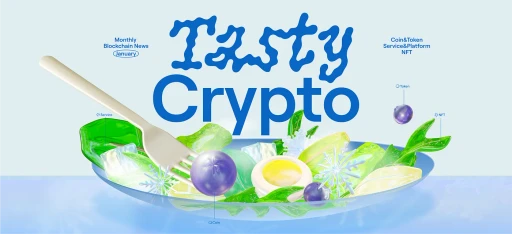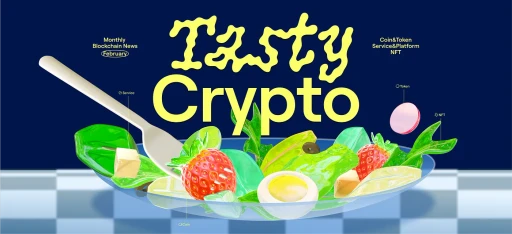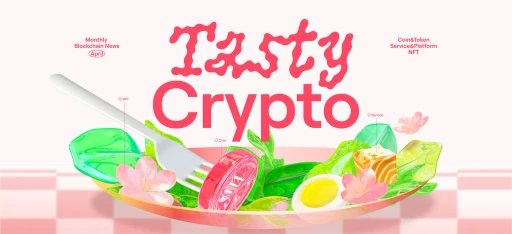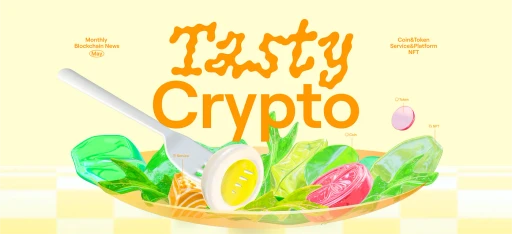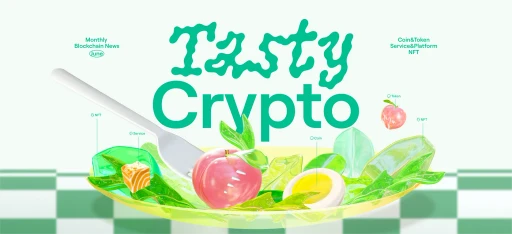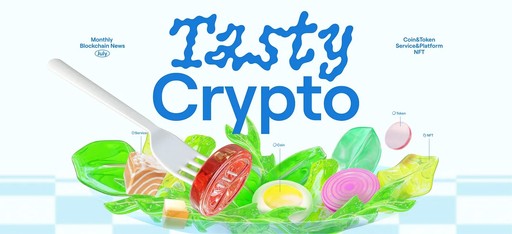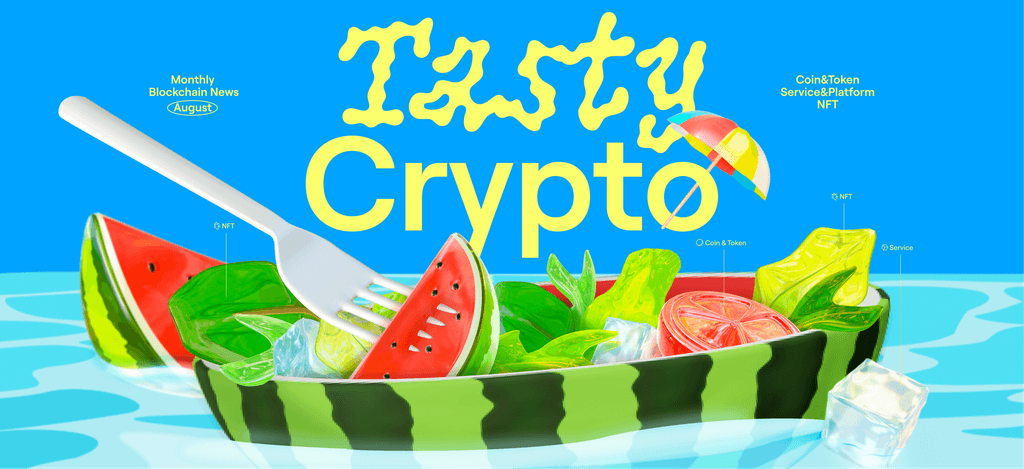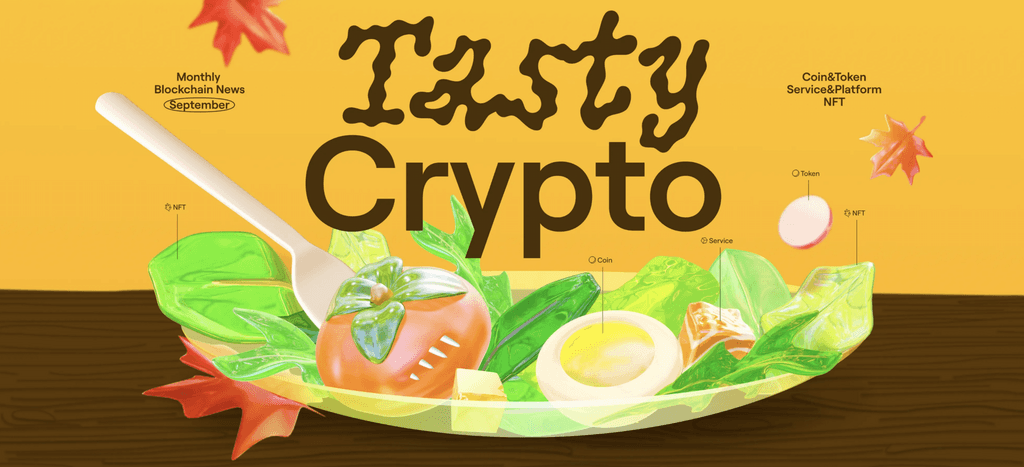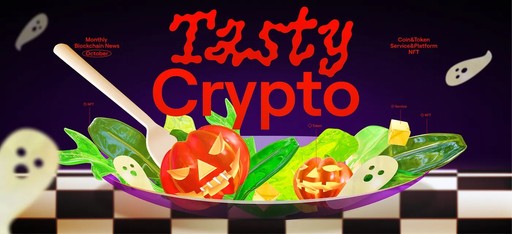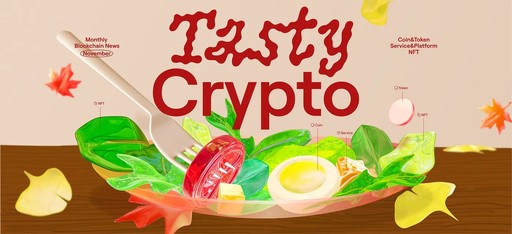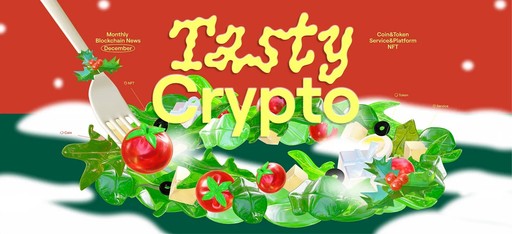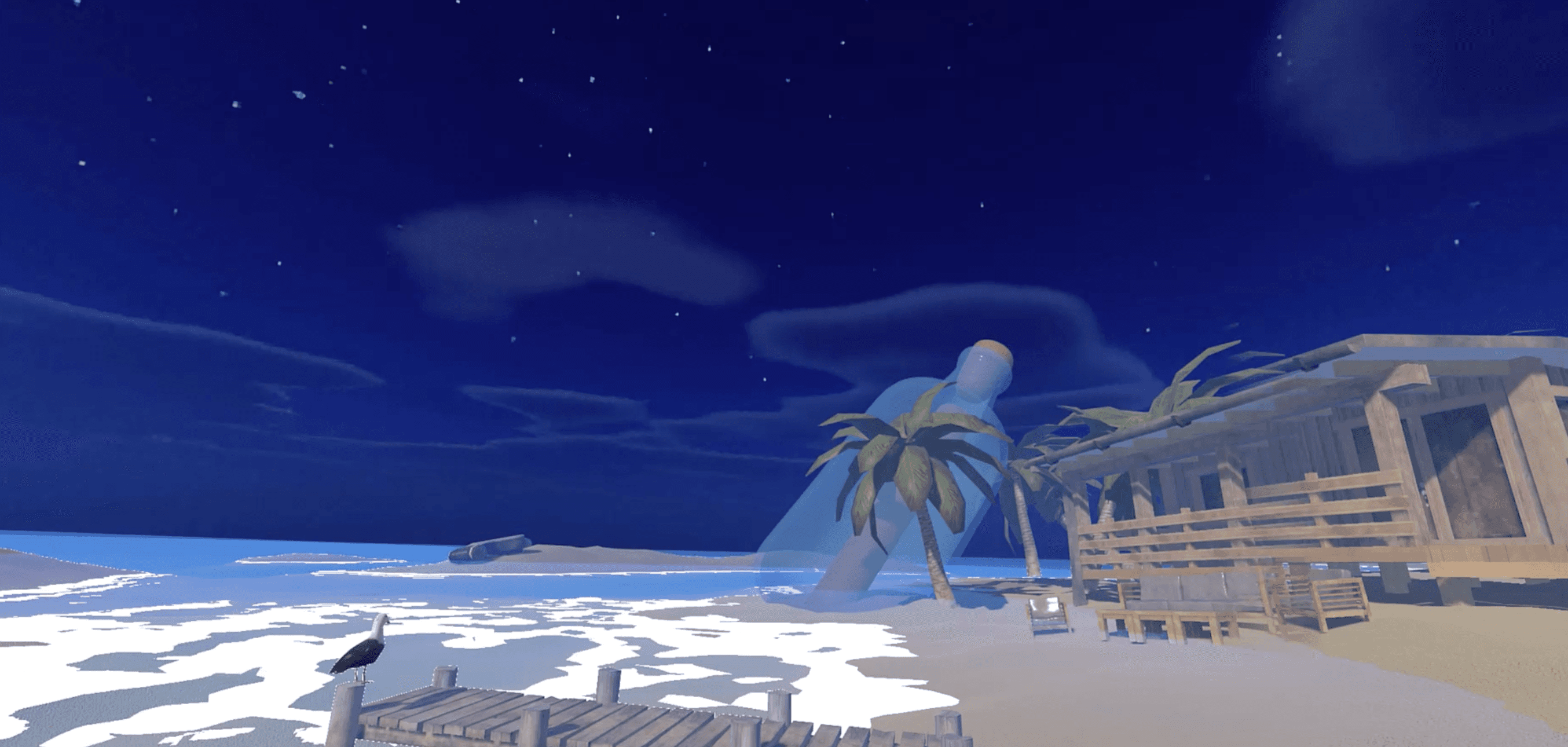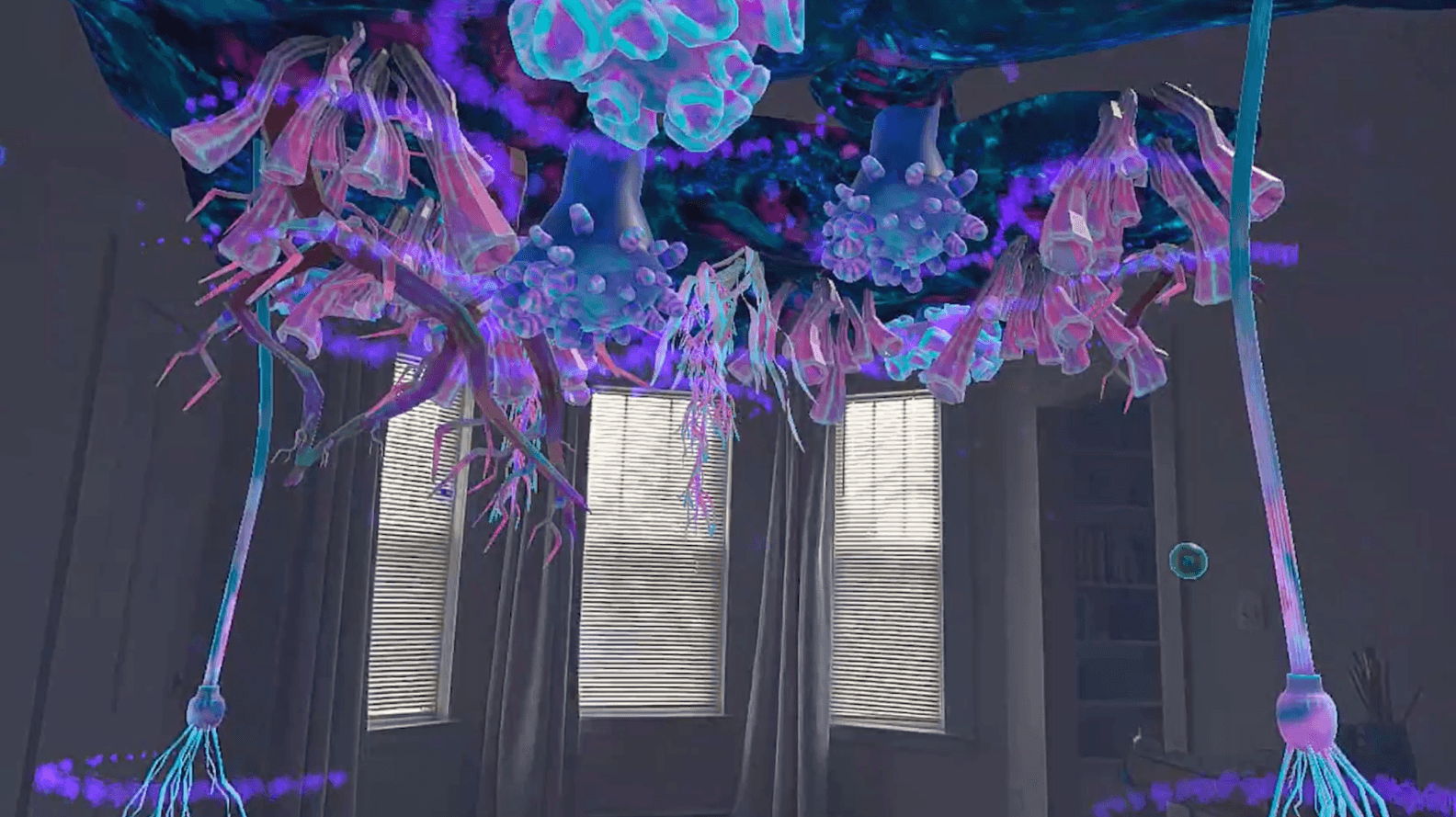JazzXR
How can we visually memorize the sound of our music by painting our physical wall?
Role
Product Designer
Art Director
Front-end developer
UX and Interaction designer
Team
Jay-ai Locsin (Engineer)
Timothy Wang (Lead)
Austin Peng (Product Manager)
Time
3 week
Skills
Apple Vision Pro Development
Unity
Figma
Austin Peng (Product Manager)
Problem!
Synesthetic thinkers see music in their minds, but in reality, it remains invisible and fleeting. How can we bring this imagined experience to life?
Answer!
JazzXR turns sound into living visuals using Apple Vision Pro. As a saxophonist plays, bubbles emerge, shaped by pitch, articulation, and intensity, painting the walls with color and motion. This transforms music into a tangible, immersive experience, making sound not just heard, but seen.
Concept Poster v.1
Concept Poster v.2
How To Play
1. Blow your instrument
2. Create bubble with your music
3. Bubbles pop on the wall
4. Paint your room with music
About
CONCEPT
Inspired by coloured hearing synesthesia, where tones evoke colors, JazzXR makes invisible sound visible, turning music into a living, evolving mural. Every performance leaves behind a unique visual imprint, helping musicians experience their music in a completely new way.
Goal
STRATEGY
Make music more memorable → Link sound to a visual representation that lingers
Encourage expressive practice → Help musicians see how they shape their sound
Bridge the gap between sound and sight → Develop a new way of learning music that isn’t just auditory
Turn practice into an artistic process → Let musicians create something tangible from their sound
Design Process
GAME DESIGN / RESEARCH
1. User Research & Journey
User Target
User Journey
2. Ideation
StoryBoard
Design Principle
GameFlow
3. Prototype
Prototype Versions
Wall Detection Prototype
Noise Detection Prototype
Bubble Variation Test
Playtest
V.01
V.20
Element
Each bubble in JazzXR is unique, shaped by the way the saxophone is played. The system listens in real-time and transforms the sound into colorful, expressive visuals, making each note feel personal and alive.
Here’s how the four key elements define the bubbles:
How Built
JazzXR is developed through a mix of research, sound analysis, and spatial computing, integrating multiple technologies to create an immersive music-visualization experience on Apple Vision Pro.
1. Research: Understanding Synesthesia & Musician Needs
We began by exploring coloured hearing synesthesia, where people associate specific tones and chords with colors. This helped us design a meaningful way to visualize sound based on real-world experiences of synesthetic musicians. We also conducted research on how instrumentalists, especially saxophonists, interpret sound visually in their minds, ensuring that JazzXR reflects their natural perception of music.
2. Real-Time Sound Detection
We use Essential JS to process live audio input from the saxophone. This allows us to detect:
Pitch & frequency → Assigns colors based on the note played
Note duration → Determines the bubble’s size and lifespan
Articulation (staccato/legato) → Affects the movement and behavior of bubbles
Volume & intensity → Controls bubble expansion and splash effect
3. Apple Vision Pro Development & Spatial Mapping
The app is built using Unity Pro Enterprise with PolySpatial, allowing seamless integration with Apple Vision Pro’s passthrough environment. We used:
Xcode → To build and optimize the app for visionOS
TestFlight → For testing on real devices, ensuring smooth interaction and performance
4. Connecting Visuals to Sound in Mixed Reality
By combining audio analysis with real-time 3D rendering, we map bubbles directly into the user’s space, making music feel physically present.
